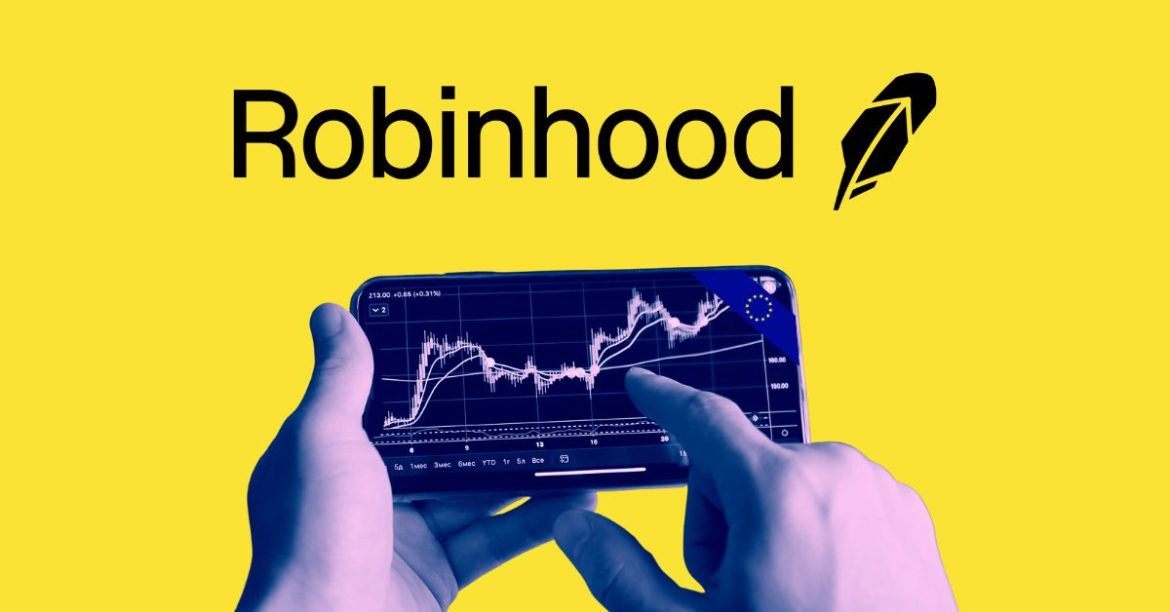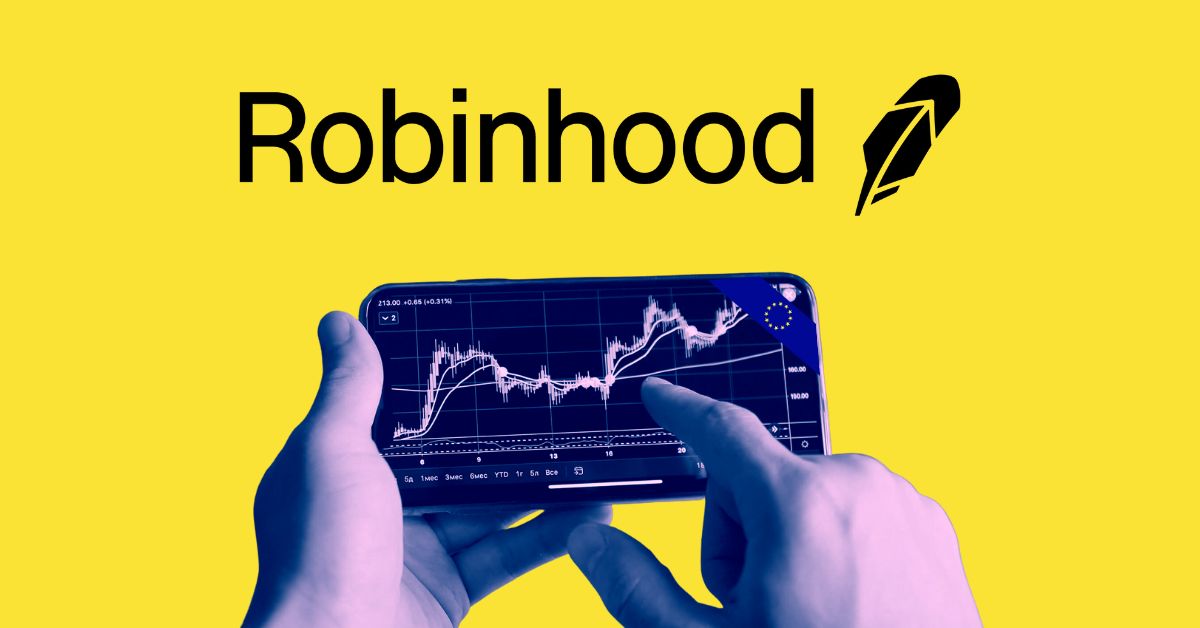Robinhood’s Q1 Performance: A Deep Dive
Introduction
Robinhood, the popular retail trading platform, has recently reported its Q1 earnings, revealing a mix of impressive growth and notable challenges. The company’s performance highlights the volatile nature of the financial markets and the increasing influence of cryptocurrency trading. This report will delve into the key aspects of Robinhood’s Q1 earnings, analyzing the revenue breakdown, market outlook, and strategic initiatives.
Revenue and Earnings Overview
Robinhood reported a revenue of $927 million for the first quarter, surpassing Wall Street estimates of $921.7 million. This marks a 50% year-over-year (YoY) increase, demonstrating the company’s robust growth trajectory. The earnings per share (EPS) also exceeded expectations, coming in at $0.37 compared to the forecasted $0.33. This performance underscores Robinhood’s ability to capitalize on market volatility and increasing trading activity.
Segment Breakdown and Market Outlook
The Q1 earnings report provides a detailed breakdown of Robinhood’s revenue segments:
– Cryptocurrency Revenue: Robinhood’s crypto revenue was a standout performer, generating $252 million. This represents a 100% increase from the same period last year, although it did see a decline from the previous quarter. The surge in crypto trading activity was driven by the volatility in the crypto market, particularly with Bitcoin.
– Options and Equities Revenue: Options revenue saw a significant boost, increasing by 56%. Equities revenues also surged by 44%, indicating a strong performance across multiple trading segments. Net interest revenues, primarily from margin investing, jumped 14% to $290 million, highlighting the growing importance of margin trading to Robinhood’s revenue model.
– Transaction-Based Revenue: Transaction-based revenue was $583 million, down from $672 million in Q4 but up from $329 million a year before. This fluctuation reflects the seasonal and market-driven nature of trading volumes.
Strategic Initiatives and Future Outlook
In response to its strong Q1 performance, Robinhood authorized a $500 million increase in its stock buyback program, bringing the total to $1.5 billion. This move is aimed at returning value to shareholders and signaling confidence in the company’s future prospects. Additionally, Robinhood’s CEO has indicated plans to diversify beyond crypto, recognizing the need to mitigate risks associated with the volatile crypto market.
Challenges and Areas for Improvement
Despite the positive earnings report, Robinhood faced some challenges in Q1. The company missed estimates for monthly active users, which could impact long-term user engagement and revenue growth. Moreover, the average revenue per user (ARPU) fell to $145 from $164 in the previous quarter, although it still showed a 39% YoY increase. This decline in ARPU suggests a need to focus on enhancing user value and engagement.
Conclusion
A Promising Future Amidst Volatility
Robinhood’s Q1 earnings report paints a picture of a company navigating the complexities of a volatile market with resilience and strategic foresight. The significant growth in crypto revenue, coupled with strong performance in options and equities, underscores the platform’s appeal to a diverse range of traders. While challenges remain, particularly in user engagement and revenue per user, Robinhood’s initiatives to diversify and return value to shareholders position it well for future growth. As the financial markets continue to evolve, Robinhood’s ability to adapt and innovate will be crucial in sustaining its momentum and achieving long-term success.





